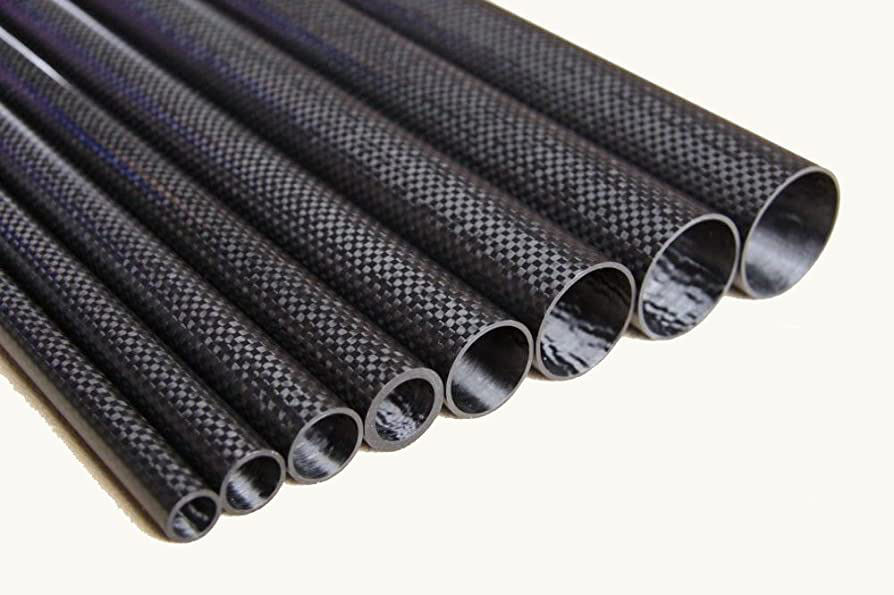
Precise Carbon Fiber Tubes
CNC Machining for Precise Carbon Fiber Barrels, Tubes
Carbon fiber tubes are widely used in various industries such as aerospace, automotive, and sports equipment due to their high strength-to-weight ratio, stiffness, and corrosion resistance. Machining carbon fiber tubes requires precision and care to avoid damage to the material.
CNC Machining Notes for Carbon Fiber Tubes
Here are some details on precise carbon fiber tubes machining:
- Cutting: Carbon fiber tubes can be cut using a variety of tools such as a rotary cutter, a diamond blade saw, or a waterjet. It is important to use the right tool and cutting method to avoid fraying or splintering of the material.
- Drilling: Drilling carbon fiber tubes requires a high-speed drill with a sharp bit. The drilling process should be done slowly and steadily to prevent the material from delaminating or cracking.
- Sanding: Sanding is necessary to smooth out any rough edges after cutting or drilling. Sanding should be done using a fine-grit sandpaper or a sanding block to avoid damaging the fibers.
- Deburring: After machining, the carbon fiber tubes may have sharp edges or burrs that need to be removed. This can be done using a deburring tool or a file.
- Finishing: Carbon fiber tubes can be finished using a clear coat or a paint that is compatible with the material. This will help protect the material from UV radiation and abrasion.
Overall, machining carbon fiber tubes requires precision, attention to detail, and the use of specialized tools and techniques. It is important to work carefully and slowly to avoid damaging the material.
Industries Applied
Carbon fiber tubes are used in a wide range of industries due to their high strength-to-weight ratio, stiffness, and corrosion resistance. Here are some examples of industries where carbon fiber tubes are commonly used:
- Aerospace: Carbon fiber tubes are used in the aerospace industry for structural applications such as aircraft frames, wings, and landing gear. The lightweight and high-strength properties of carbon fiber make it ideal for reducing the weight of aircraft and improving fuel efficiency.
- Automotive: Carbon fiber tubes are used in the automotive industry for applications such as body panels, chassis components, and suspension systems. The lightweight and high-strength properties of carbon fiber make it ideal for improving the performance of sports cars and racing vehicles.
- Sports equipment: Carbon fiber tubes are used in sports equipment such as bicycles, golf clubs, and fishing rods. The lightweight and stiffness properties of carbon fiber make it ideal for improving the performance of sports equipment and reducing fatigue during use.
- Marine: Carbon fiber tubes are used in the marine industry for applications such as boat hulls, masts, and rigging. The corrosion resistance and lightweight properties of carbon fiber make it ideal for improving the durability and performance of marine structures.
- Medical: Carbon fiber tubes are used in the medical industry for applications such as orthopedic implants, prosthetics, and surgical instruments. The lightweight and biocompatible properties of carbon fiber make it ideal for improving patient comfort and reducing the risk of rejection.
Overall, carbon fiber tubes are used in a wide range of industries where lightweight, high-strength, and corrosion-resistant materials are required to improve performance and durability.
